Description
The Fruit From this Brazilian Beauty is Much Sought After
The Jaboticaba tree (Plinia cauliflora), native to Brazil, is a unique and fascinating fruit tree known for its glossy, dark green leaves and unusual fruiting habit. The fruits grow directly on the trunk and branches, giving the Jaboticaba its distinctive appearance. The tree’s fruit, resembling a grape in size and texture, offers a sweet and tangy flavor, making it a favorite for fresh eating, jellies, and wines. Growing a Jaboticaba tree can be a rewarding experience, providing both aesthetic beauty and delicious fruits.
Caring for your Jaboticaba
Growing a Jaboticaba tree is a long-term investment that pays off with its beautiful appearance, unusual fruiting habit, and delicious fruits. You can ensure your Jaboticaba thrives, whether planted in your garden or grown in a container. With patience and proper care, your Jaboticaba tree will become a standout feature in your home or garden, providing both visual interest and a tasty reward.
Light
These trees flourish in full sun to partial shade. In hotter climates, some afternoon shade can help protect the tree from intense heat stress.
Water
Jaboticaba trees require consistent moisture, especially during the fruiting and flowering stages. The soil should be kept evenly moist but not waterlogged. Overwatering can lead to root rot, while under-watering, especially in hot conditions, can stress the tree and reduce fruit yield.
Soil
A well-draining, slightly acidic to neutral soil is ideal for Jaboticaba trees. They do not tolerate salty soils or waterlogging. If planting in containers, use a high-quality potting mix designed for fruit trees or acid-loving plants.
Fertilizing
Feed your Jaboticaba tree with a balanced, slow-release fertilizer formulated for fruit-bearing trees. Apply in the early spring and again in mid-summer to support healthy growth and fruit production. Avoid over-fertilizing, which can harm the tree and reduce fruiting.
Pruning
Pruning is not typically required for fruit production but can help maintain shape and remove any dead or diseased branches. If you choose to prune, do so after the fruit has been harvested to avoid damaging new growth or future fruit sites.
Pest and Disease Management
Jaboticaba trees are relatively pest and disease-resistant. However, keep an eye out for common pests such as aphids and scale insects. Treat any infestations early with organic insecticides or horticultural oils to prevent damage.
Repotting
Container-grown Jaboticaba trees should be repotted every 2-3 years to prevent becoming root-bound. Each time, choose a container that is slightly larger than the previous one. Use fresh potting soil to encourage healthy root growth.
Harvesting
Jaboticaba fruits ripen quickly and should be harvested by hand when they turn a deep purple-black. The fruiting occurs several times a year once the tree matures, which can take 6-8 years from seed but may be quicker for grafted specimens.


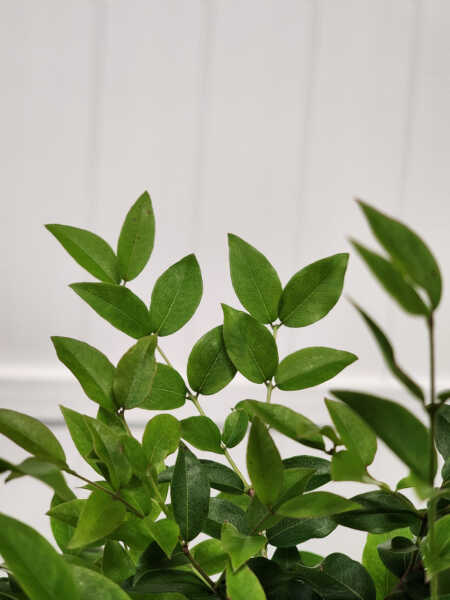
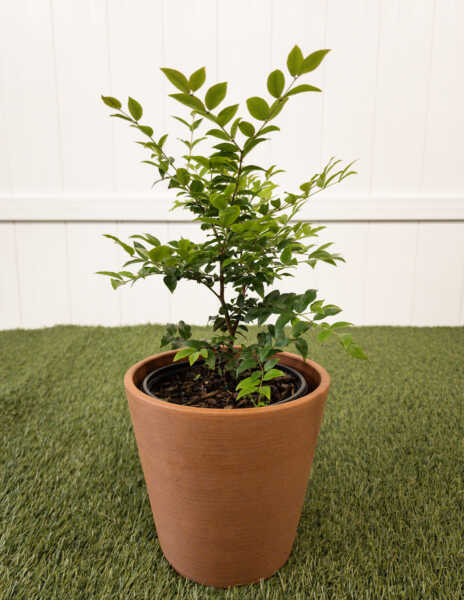
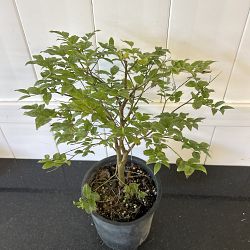
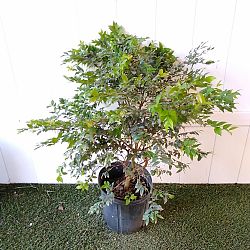
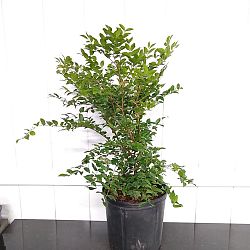
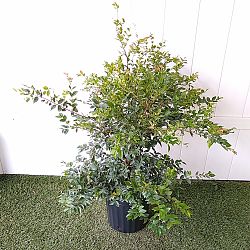


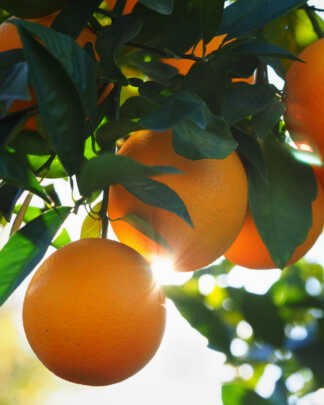
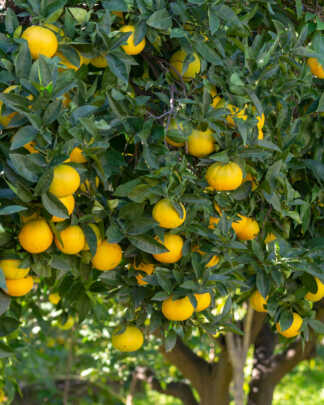
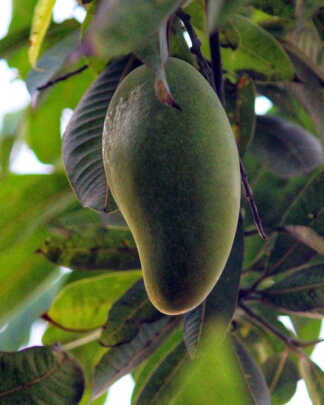
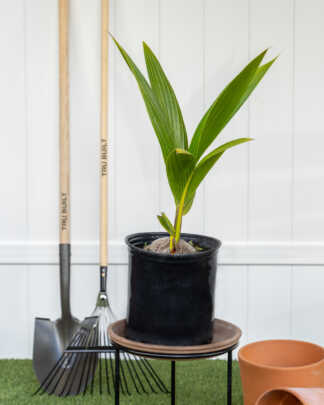
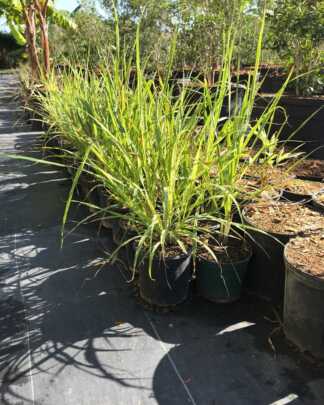


Troy L. (verified owner) –
The plant arrived in great health, and a much larger specimen than I thought! No complaints!